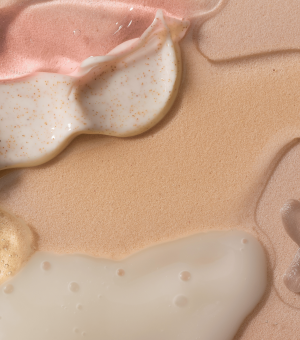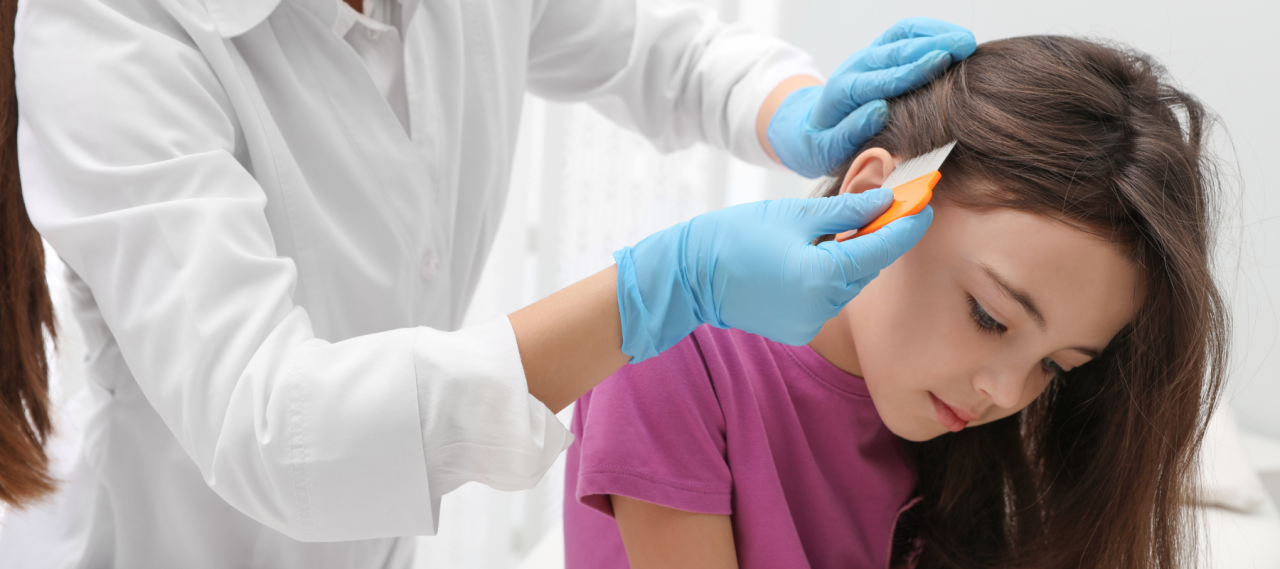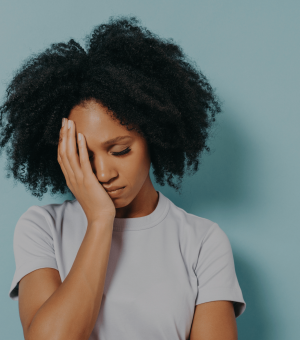The visual control, the most important part!
Starting at the top of your child's head, use the tongue depressors or your fingers to part the hair and examine the hair one small section at a time. Concentrate your search close to the scalp, as newly laid eggs are nearly always found ? inch or less from the scalp.
If you find a white or light brown oval shape that is not easily removed from the hair, you have found what is referred to as a nit. Some people call all louse eggs nits and some use the term nit only for dead or already hatched eggs. Since most people cannot tell the difference, don't worry about what it is called or what it actually is. Simply remove it and be done with it.
While you are performing a visual check, you may see a live bug move in your child's hair. If so, this is the only confirmation you need that they have an active lice infestation and you can begin treatment immediately. However, you can also continue checking for eggs because this will be necessary even after treatment.
Once the visual check is complete, if you haven't found anything, it's time to do a wet combing of the hair. Even if you have not found any nits or lice, a wet combing is always a good idea. This will either confirm your suspicion of head lice or deny it.
Use the conditioner to saturate your child's head. If your child has very long or very thick hair, only saturate one section at a time, to ensure that the conditioner does not dry out before you are done.
Now take a metal lice comb and begin your check. Do not waste your time and money with cheap plastic combs. If you are serious about detecting and treating head lice, you will need to invest in a high quality metal comb with teeth closely spaced. Some combs even have ridges to help catch the nits and get them out.
Start with the metal teeth of the comb against the scalp. Then pull the comb completely through the hair. Wipe the comb on the towel or dunk it in the bowl of water to remove conditioner and any bugs or eggs. For each section of hair, pull the comb through four times: from the top, from the bottom, and then from the right and the left. This is the only way you can be assured that you have gone through the hair as thoroughly as possible.
When finished combing, inspect the towel or bowl to see if your child has any moving bugs or any eggs.
If not, congratulations! Your worries are over.
If you do see some, do not panic. Simply begin whatever treatment you have decided on. Since you have already done one thorough wet combing, you are one step ahead in the battle against lice.



